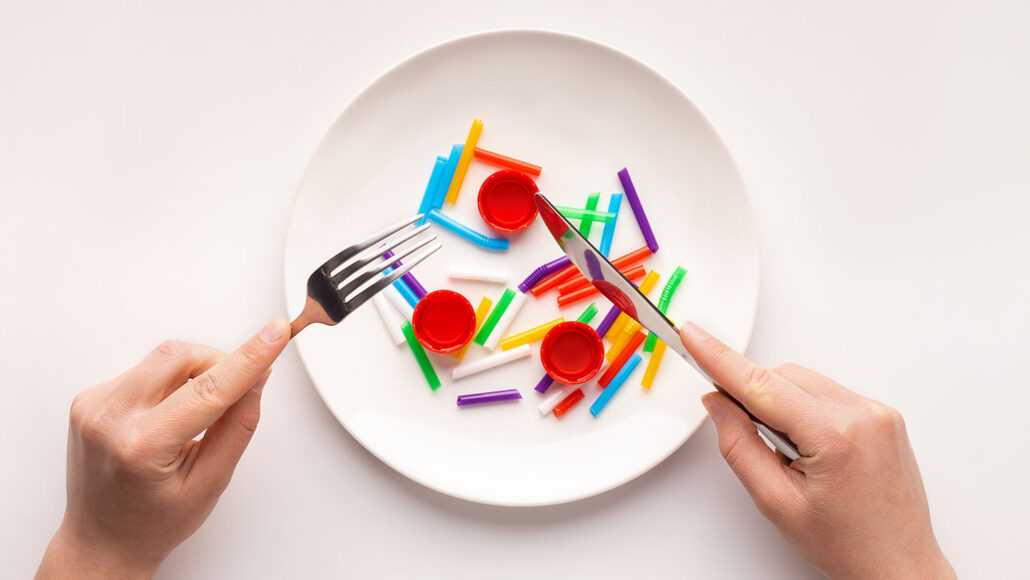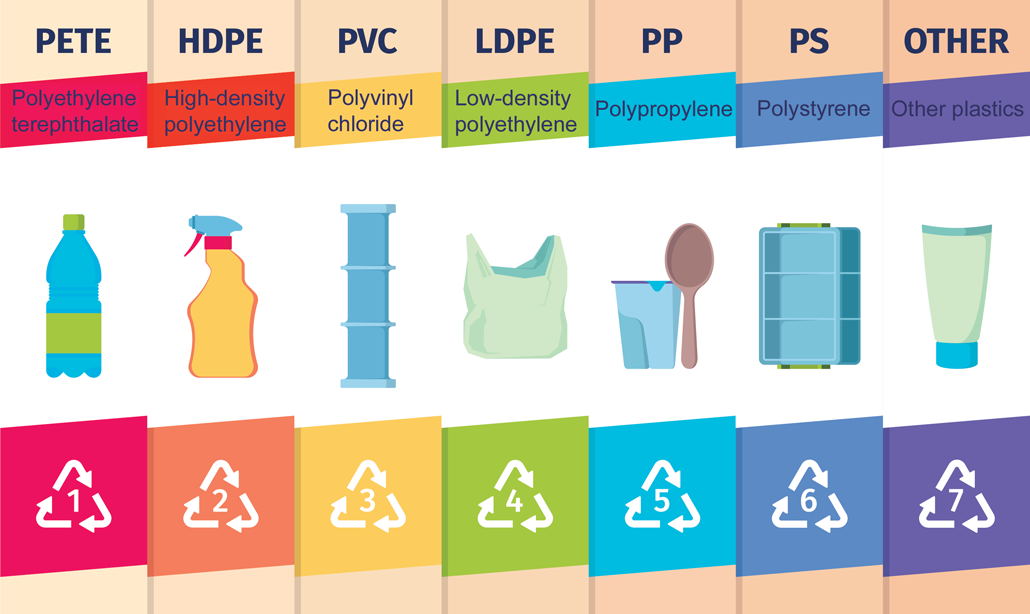Your bloodstream may be littered with the plastic you’ve eaten
Four different chemical types have now turned up in human blood

We eat plastic without even realizing it, and now researchers are finding bits of that plastic in the blood from more than three-quarters of the people they’ve sampled.
Prostock-Studio/iStock/Getty Image Plus
Ever find a piece of plastic in your food? Even if you didn’t see it, some was probably littering your meal. Scientists have found bits of plastic tainting certain foods and bottled waters. We might inhale microscopic bits of the plastic that floats in the air. But no one has known whether that plastic moved much past our gut or lungs — until now. A study has just turned up microplastics in human blood.
Researchers in the Netherlands reported the discovery in the March Environment International.
Plastic that enters the lungs or gut hasn’t technically crossed into the body. That only happens once it gets into the bloodstream. Blood can then move the little bits throughout the body. And that’s what makes the new discovery worrisome, the Amsterdam-based researchers say. If microplastics are circulating inside us, there’s no telling where they might end up. Or what type of harm they might do.
“Microplastic can cause inflammation [in] various body systems,” says Atanu Sarkar. He’s an environmental health specialist in Canada at Memorial University in St. John’s, Newfoundland. He did not take part in the new study. Any plastic bits may also carry toxic chemicals, he adds, “These toxic chemicals can affect our hormonal and reproductive system.” They’ve already been shown to harm some wildlife and ecosystems.
Heather Leslie and Marja Lamoree were part of a team at Amsterdam’s Vrije Universiteit (Free University). As ecotoxicologists, they look for substances in the environment that may have the potential to cause harm. No one had measured plastic in human blood before. So this team devised a way.

Educators and Parents, Sign Up for The Cheat Sheet
Weekly updates to help you use Science News Explores in the learning environment
Thank you for signing up!
There was a problem signing you up.
Looking for the nearly invisible
Finding microscopic plastic particles in blood isn’t easy. You can’t just look through a microscope and count them. So the researchers took a chemical approach. They collected blood from 22 adults and processed the sample to remove big cells. This left a liquid. They then filtered out particles bigger than 700 nanometers (0.00003 inch) across. For perspective, the width of a human hair is more than 100 times that size.
Afterward, the researchers looked for polymers that make up five different types of plastic. These represented the most common plastics in use. Measurable amounts of four polymers turned up in the blood of 17 people — more than three in every four. (Polymers are the basic building blocks of plastic.) Some blood samples had two or more polymers.
One in every four samples of tested blood had polyethylene (Pah-lee-ETH-uh-leen). It’s a particularly common plastic used in a very broad range of products, from shopping bags and bottles to toys and laminate coatings. Half of the people sampled PET in their blood. That’s short for polyethylene terephthalate (Tair-uh-THAA-layt). It’s used in polyester fabrics and plastic bottles.
Polystyrene appeared in one-third of the samples. It’s the basis of some types of insulating foam, computer cases, scientific labware, plastic forks, hair combs and more. Just one sample had poly(methyl methacrylate), or PMMA (also known as acrylic). This transparent, heat-molded plastic is used in dental work, plexiglass and more.

The team also looked for polypropylene but didn’t find any. If it was present, they say, it likely was at levels too low to detect.
“Humans are frequently in contact with microplastics,” says Kam Sripada. She is a neuroscientist at the Norwegian University of Science and Technology in Trondheim. She was not involved with this study. But in a January 26 paper, she was part of a team that reviewed potential concerns about children’s exposure to plastic. The data are so limited that “we don’t really know what their impact is on health,” she cautions. “It’s challenging to study microplastics,” she adds. Partly, she notes, it’s “because scientists can’t easily separate the effects of exposure to microplastics, larger plastics and plastic chemicals.”







